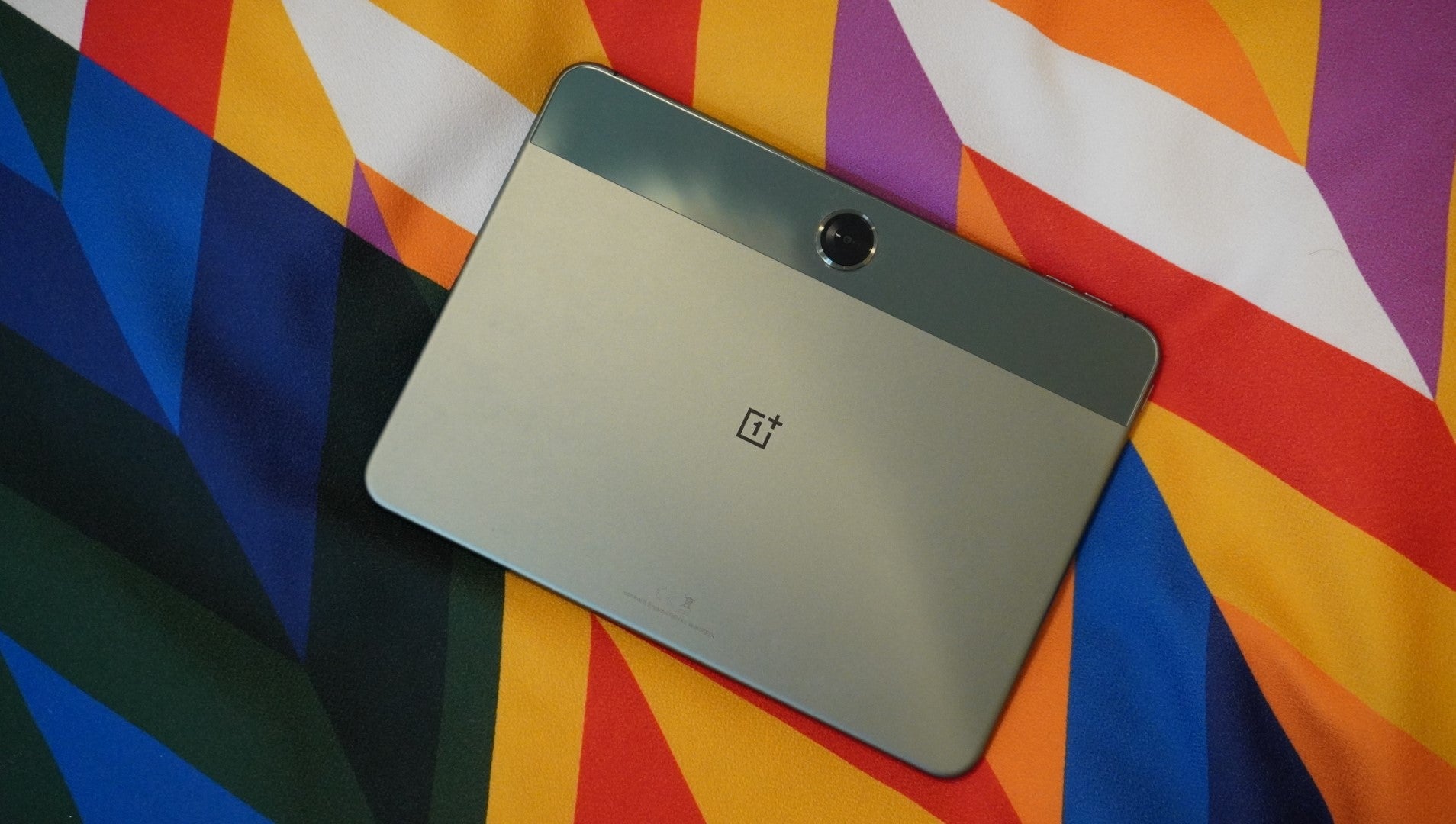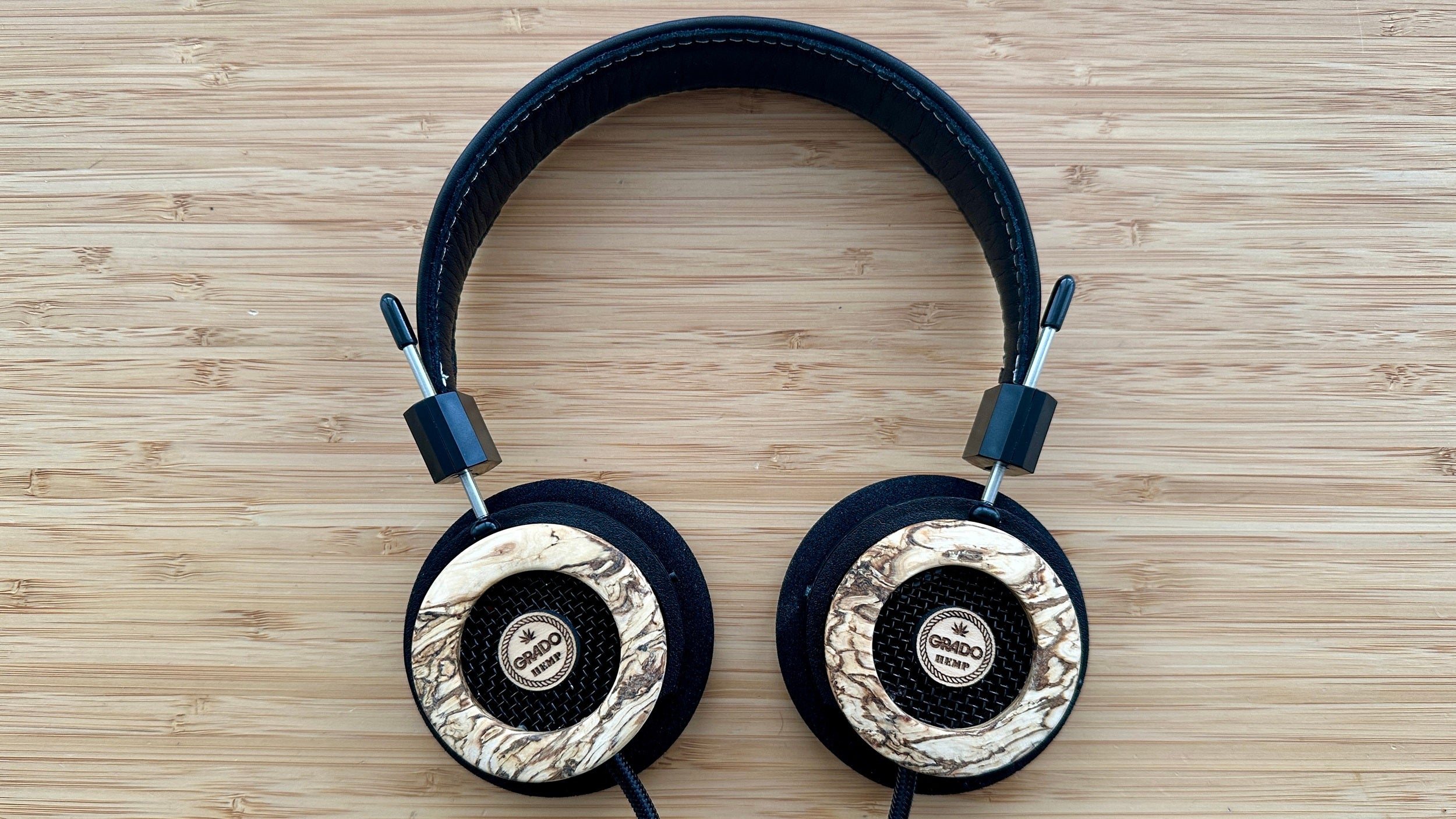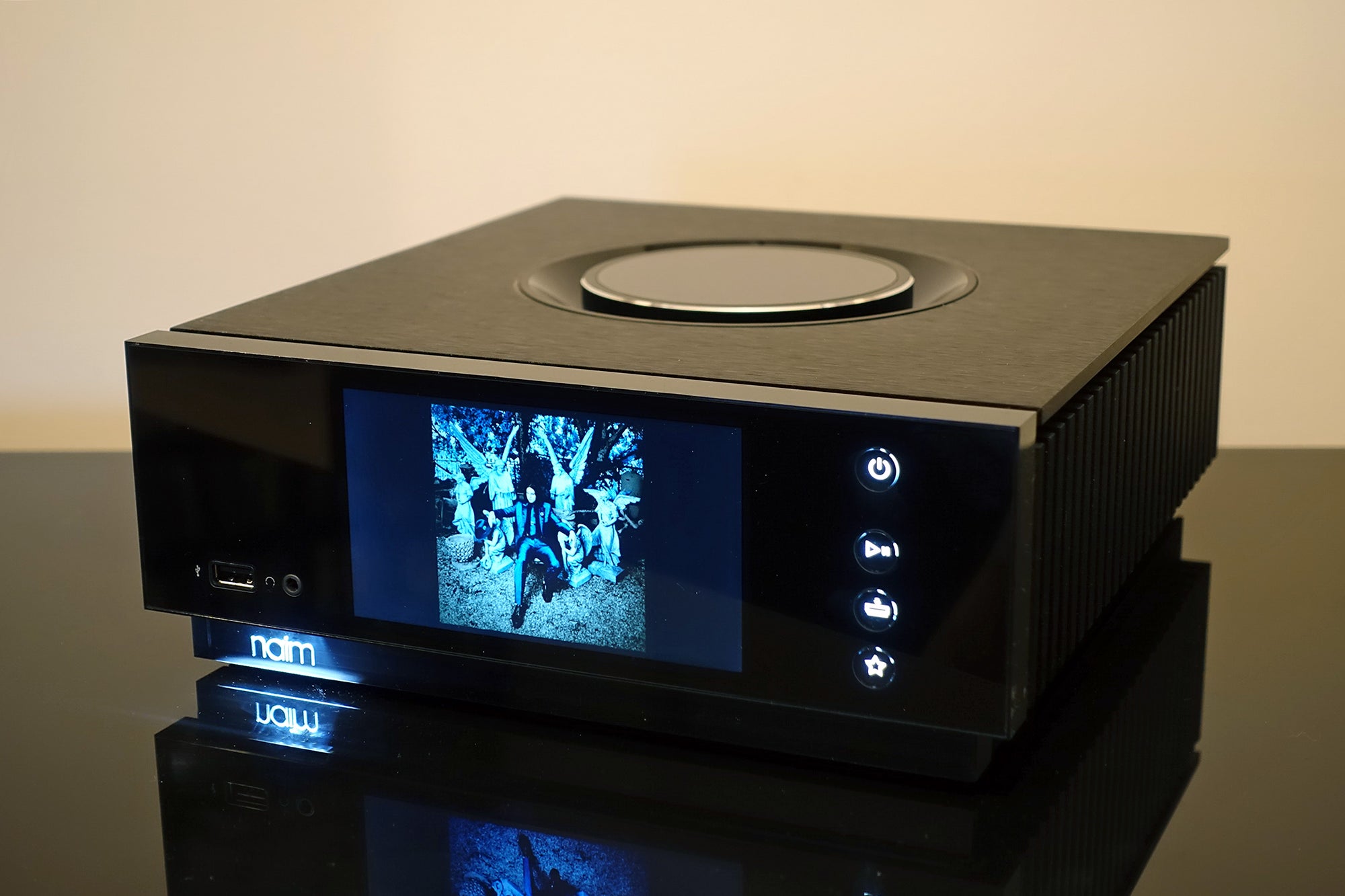Xiaomi 13 Pro Review
Xiaomi's top-end flagship for 2023 is impressive, but old hangups remain
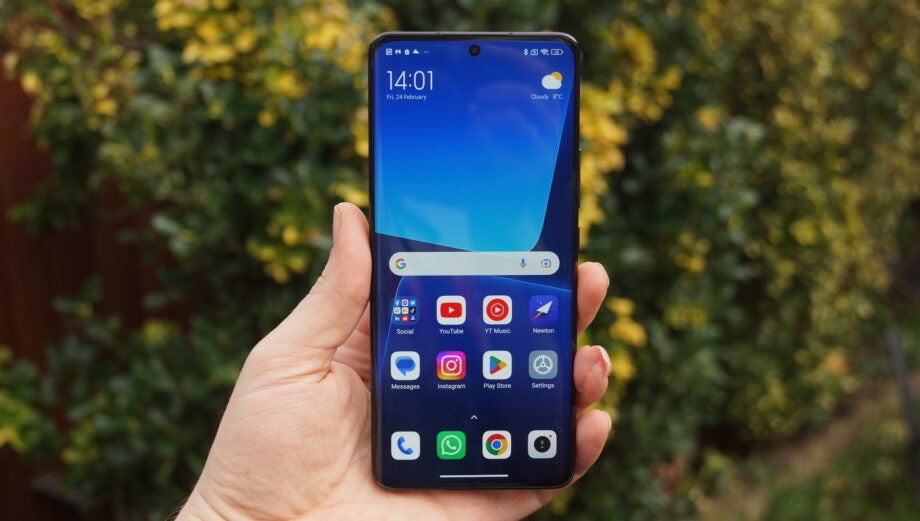

Verdict
The Xiaomi 13 Pro is a capable flagship that ticks many boxes when it comes to hardware with a gorgeous 6.67-inch 120Hz AMOLED display, a triple 50MP camera system with a 1-inch sensor, flagship performance and fast 120W charging, but the software will still be a sticking point for many with a different approach to the Android UI and plenty of pre-installed apps. It’s also not quite as capable in low light as other 1-inch sensors, lacking specialist modes for extreme low-light conditions or shooting the stars.
Pros
- Premium, high-end design
- Top-end 120Hz AMOLED display
- Capable triple 50MP camera offering
- Rapid 120W fast charging tech
Cons
- MIUI 14 takes a lot of getting used to
- Not as capable in low-light as competitors with a 1-inch sensor
- Plenty of pre-installed apps
Availability
- UKRRP: £1098
- USAunavailable
- EuropeRRP: €1199
- Canadaunavailable
- AustraliaTBC
Key Features
- High-end 6.7-inch displaySpecs include a dynamic 120Hz refresh rate, support for Dolby Vision and HDR10+ and a WQHD+ resolution that beats even the Galaxy S23 Ultra.
- 120W HyperCharge techXiaomi’s HyperCharge tech delivers a full charge in just 19 minutes.
- Flagship-level performanceSporting a Snapdragon 8 Gen 2 and 12GB of RAM, the Xiaomi 13 Pro delivers top-notch performance.
Introduction
After spending two weeks with the phone, I think the high-end Xiaomi 13 Pro is a strong competitor to 2023 flagships including Samsung’s Galaxy S23 Ultra and the OnePlus 11.
Boasting specs including a 6.78-inch display with a WQHD+ resolution, dynamic 120Hz refresh rate and Dolby Vision support alongside a triple 50MP rear camera offering, Qualcomm’s top-end chipset and super-fast 120W charging, the Xiaomi 13 Pro certainly has what it takes to take on the best the competition has to offer – though with a £1099 price tag, that’s not entirely surprising.
The only real hurdle I can see after spending two weeks with the Xiaomi 13 Pro as my daily driver is the software; Xiaomi’s MIUI 14 is still a very different beast compared to most Android skins, and while I did get used to it, it’s not the slickest implementation around.
Does the hardware do enough to overshadow the software? Here are my thoughts.
Design and screen
- Premium glass and metal construction
- Large squared-off camera bump
- Impressively high-res 6.78-inch display
The Xiaomi 13 Pro is a premium bit of kit with a large curved display and a near-all-glass design that looks absolutely stunning – though the downside is that it’s a bit of a fingerprint magnet, something that became all too clear during my two weeks with the phone. Maybe keep a microfiber cloth at the ready for this one…
It’s also one of the more slippery phones I’ve used recently, not necessarily in the hand but when placed on tables and other flat surfaces. If the surface is even slightly off-centre (like my work desk) the phone will likely slide and end up on the floor.

Slippery design aside, the Xiaomi 13 Pro feels comfortable to hold in hand thanks to the curvature at its edges. The curved edges of the display and body aren’t as dramatic as those from smartphones in the late 2010s, instead offering a subtle arc that doesn’t cut off too much of the display.
I did still experience a few accidental activations from my palm during my time with the phone though, so the palm rejection tech does need a bit more work.
Flip the Xiaomi 13 Pro over and you’ll find a fairly large camera housing in the top-left corner. It’s not quite as pronounced as that of the Vivo X90 Pro, but to be honest, it’s not that far off. It’s certainly thick enough to cause a wobble when put on a table.
It is a stylish camera bump – as stylish as a camera bump can be, anyway – with a design that looks like the housing has protruded from within the rear panel, pushing its way to the surface with smooth curved edges that disappear into the rear. There’s also subtle silver detailing that visually breaks up the larger camera block into three smaller segments, with a camera housed within each.
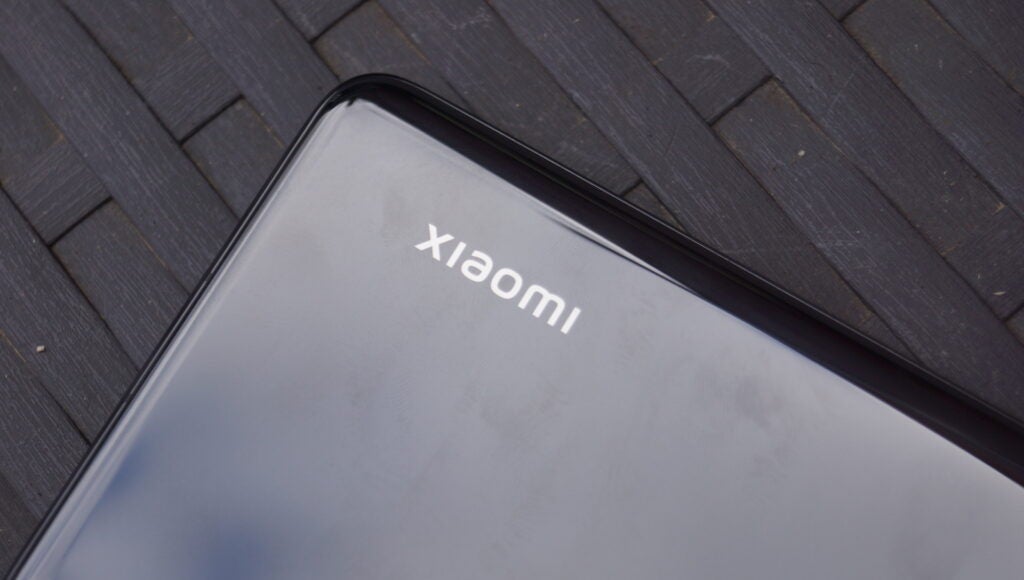
The rest of the rear panel is largely nondescript, aside from the Xiaomi logo that sits near the bottom edge, and elsewhere it’s very much business as usual, complete with a USB-C port for charging, volume and power buttons, and an IR blaster that sits atop of the phone. The latter is becoming more niche in recent years, but it’s still a feature I love and use regularly.
The phone also offers full IP68 water resistance this time around, a feature that was notably missing with the Xiaomi 12 range.
The display itself is equally as top-end as the rest of the phone, sporting a 6.73-inch AMOLED display with a pixel-packed WQHD+ (3200 x 1440) resolution and an adaptive 120Hz refresh rate that, like most other flagships in 2023, can drop down to as little as 1Hz to save battery life – a very important factor when powering such a high-res panel, and a feature missing from the standard Xiaomi 13.
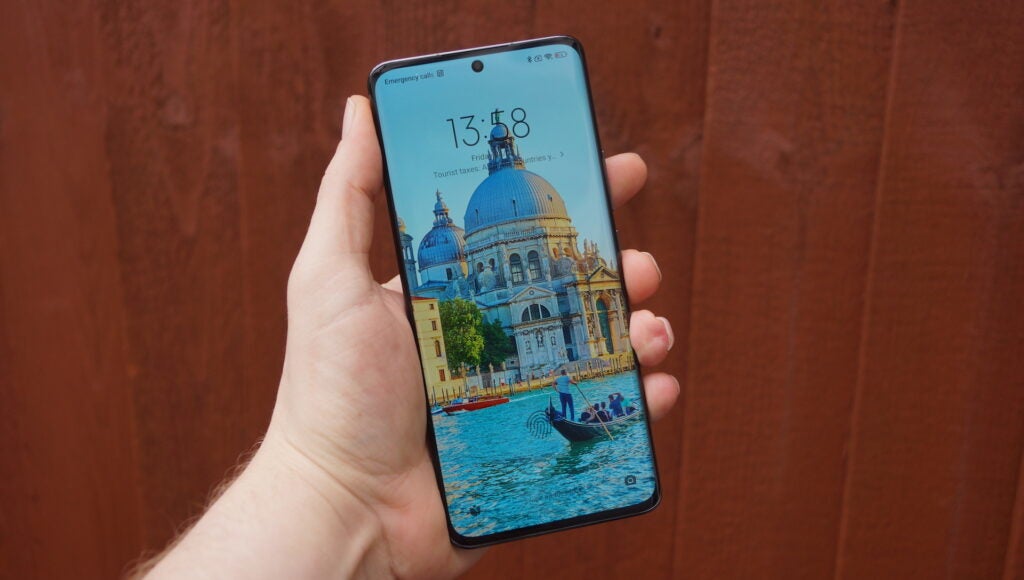
Support for HDR10+ and Dolby Vision meant that compatible content on streaming apps like Netflix looked especially impressive, cranking up the already-bright 1200nits display to 1900nits to highlight brighter scenes while capturing plenty of detail in darker areas. And the 1440p display means you can really appreciate the extra detail from high-res video playback.
Cameras
- Triple 50MP rear camera offering
- Main 50MP camera boasts a 1-inch sensor
- One of the best telephoto lenses around in 2023
As with its predecessor, cameras are a huge focus for the Xiaomi 13 Pro, sporting a trio of 50MP lenses across the main, telephoto and ultrawide cameras, though it’s the main sensor that most will be interested in.
That’s down to the inclusion of a 1-inch sensor, the same as that found in the likes of the Vivo X90 Pro and larger than most flagships including the Samsung Galaxy S23 Ultra.

However, unlike the Vivo X90 Pro that I found could capture night shots close to night vision in conditions with less than 1 lux of light, I can’t say the same for the Xiaomi 13 Pro. Night performance isn’t bad by any means, capturing decent light and detail, but it’s not quite as bright as results from Vivo’s main snapper.

What I did note, however, is that it takes much less time to capture a great shot in low light with a multi-second exposure only enabled in the most extreme scenarios. For night shots on a street lit with streetlights, capture was near-instant.

It’s a different approach to Vivo, and while I appreciate the fact that images are truer to life, I do wish Xiaomi at least gave the option to really crank up the light intake. It doesn’t feature any special mode to take photos of the stars either, unlike both Vivo and Samsung.

Low-light pictures aside, the Xiaomi 13 Pro’s main snapper delivers largely impressive shots – though that’s not a surprise with high-end tech including an f/1.9 aperture, OIS, large 1.6um pixels and the ability to shoot Dolby Vision video at up to 4K@60fps.
It’s effortless to capture great images in most environments, though I did find that indoor images, particularly those shot at night, can look a little soft.

Xiaomi’s Leica partnership really comes into its own with colour accuracy. The phone offers two shooting modes – Leica Vibrant and Leica Authentic – with the latter delivering colours much truer to life than rivals like the overly-vibrant S23 Ultra. It’s down to personal preference and the subject of the photo, but it’s nice to have the option for a more natural shot.

As amazing as the main sensor is, it’s not the only camera of note on the Xiaomi 13 Pro. In fact, my personal favourite of the trio of lenses isn’t the main sensor – it’s the 50MP telephoto lens.
Though the zoom isn’t quite up to the standards of the Galaxy S23 Ultra, topping out at just 2X (the equivalent of a 75mm angle), the quality of images captured are above and beyond just about every other option on the market. That’s largely down to the combination of OIS and Xiaomi’s ‘floating telephoto camera’ tech that delivers impressive performance in a range of scenarios.

Portrait shots, captured on the dedicated Portrait mode, are sharp and focused with a more natural DSLR-like bokeh than many rivals. And the edge detection is among the most accurate I’ve seen outside of Apple’s iPhone. You can adjust not only the f-stop to blur or focus the background as much as you like, but also apply a bunch of Leica effects to improve the lighting and stylise the photo in any way you’d like.

It’s not just for portrait photography either, with the floating lens able to take impressive macro shots with just as natural a bokeh as the portrait mode shots. It’s hard to believe that some of the macro shots I’ve captured have been from a smartphone.

That’s flanked by a 50MP ultra-wide lens with an f/2.2 aperture and a 115-degree field of view. The tech within isn’t quite as advanced as the main and telephoto lenses, particularly when light levels begin to drop, but the overall quality and colour profile – again thanks to Leica’s colour tuning options – is comparable. It remains a great option for capturing shots of buildings and gorgeous vistas, lacking any real distortion at the edges.

Flip the phone over and you’ll find a 32MP in-display selfie camera that boasts support for advanced features like night photography and HDR capture, along with both 0.8x and 1x zooms for group selfies. It comes with the typical beautifying effects, though these can be easily disabled for a more natural shot.

Performance
- Snapdragon 8 Gen 2 chipset
- Blisteringly fast in everyday use
- MIUI 14 is a bit like marmite
Within the Xiaomi 13 Pro you’ll find Qualcomm’s top-end Snapdragon 8 Gen 2 chipset and 12GB of RAM regardless of whether you opt for the 256GB or 512GB storage option. The 4nm chipset, as we know from rivals like the OnePlus 11, delivers top-notch performance that doesn’t struggle to run anything on the Android OS, and the phone can dynamically use ROM as RAM (up to an additional 8GB) if you ever do run into any issues.
As expected, I didn’t experience any kind of lag during my two-plus weeks of using the phone, with taps and swipes registering instantly and apps opening in the blink of an eye. There was no sign of any kind of lag at any point, but that’s not really a surprise given the power on offer.
That also extends not only to gameplay, which was buttery smooth with the combination of the 120Hz refresh rate, but tasks like capturing photos and, in particular, image post-processing. While some rivals will take a few seconds to process a newly-taken image, it’s done almost instantly with the Xiaomi 13 Pro.
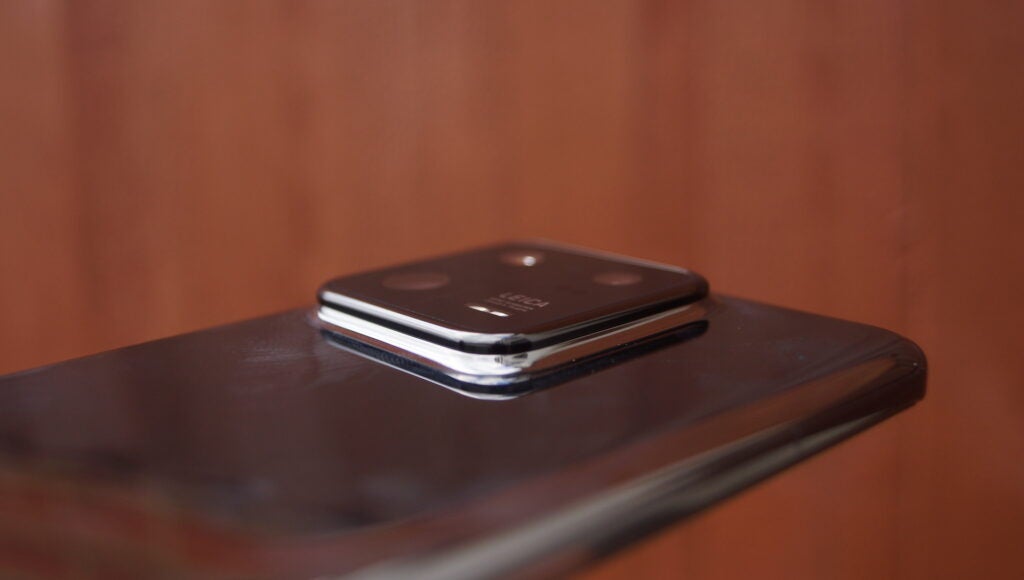
That’s backed up by benchmarks too, with an impressive combination of a single-core score of 1477 and a multi-core score of 5136 in Geekbench 5 that beats flagship rivals including the OnePlus 11 and the Samsung Galaxy S23 Ultra despite its special ‘Snapdragon 8 Gen 2 for Galaxy’ chipset. The 3D Mark Wildlife Extreme score of 2987 isn’t quite up to most other Snapdragon-equipped variants, though that doesn’t really reflect real-world performance in my experience.
You’ll also find everything from 5G support to support for Wi-Fi 7 (yes, that’s right, it’s already onto 7!), Bluetooth 5.3, dual-SIM connectivity and NFC for mobile payments, though without any presence in the US, there’s no mmWave support.
That’s all great, but the look and feel of Xiaomi’s MIUI 14 based on Android 13 may be a dealbreaker for some.
It’s quite a stark change from the stock Android 13 experience provided by the likes of the Pixel 7 Pro, not only in terms of the overall look and feel but the way that you interact with the phone.
The quick settings menu, for example, is accessed by swiping down from the top-right of the display rather than being baked directly into the notification shade – much like it is on the iPhone. I constantly found myself either accessing the wrong menu depending on where I swiped on the screen or switching between the two with needless swipes to hide one and access the other.

That’s kind of understandable – Xiaomi needs to differentiate itself somehow, I suppose – but what is unforgivable is the amount of bloatware that comes pre-installed on the phone, ranging from the likes of Spotify, Opera and Booking.com to obscure apps like QEEQ car rental. It’s frustrating to turn a phone on for the first time to see a swathe of apps, both Xiaomi-branded and third-party, that you have no interest in, especially when the phone has such a high price.
You can uninstall most of these pretty easily, but the fact that you have to do it in the first place is a huge annoyance. C’mon Xiaomi, I thought we were past that.
That’s not to say that MIUI 14 is a bad skin. It does have a bad reputation, largely thanks to its early iterations, but it has improved over the past few years. The intrusive ads that would sometimes appear on last year’s Xiaomi 12 Pro are nowhere to be seen here, for example.
There is still a learning curve, even when coming from another Android phone, but once I got over the various layout quirks and deleted the random apps I didn’t care for, I quite enjoyed my time using the Xiaomi 13 Pro.
Battery life
- 4,820mAh battery
- Comfortable all-day battery life
- 120W HyperCharge capabilities
The 4,820mAh battery found within isn’t quite as large as the 5,000mAh battery found in other top-end flagships in 2023, though with the improved battery efficiency of the Snapdragon 8 Gen 2 chipset, it’s still very much an all-day device – and that’s with the resolution set to WQHD+ at 120Hz with the always-on display enabled.
I found that I could take the phone off charge at around 7:30am and get through a full day of what I’d describe as moderate usage – texting, calling, taking photos, scrolling through social media and light gaming – and manage to get to the end of the day (usually around 11:30pm) with 30-40% charge left on average.
That isn’t quite enough to last a full second day in my experience, but there is potential if you use the phone a little less, lower the resolution and disable that always-on display. Dropping the resolution alone would generally leave me with closer to 50% at the end of a long day.
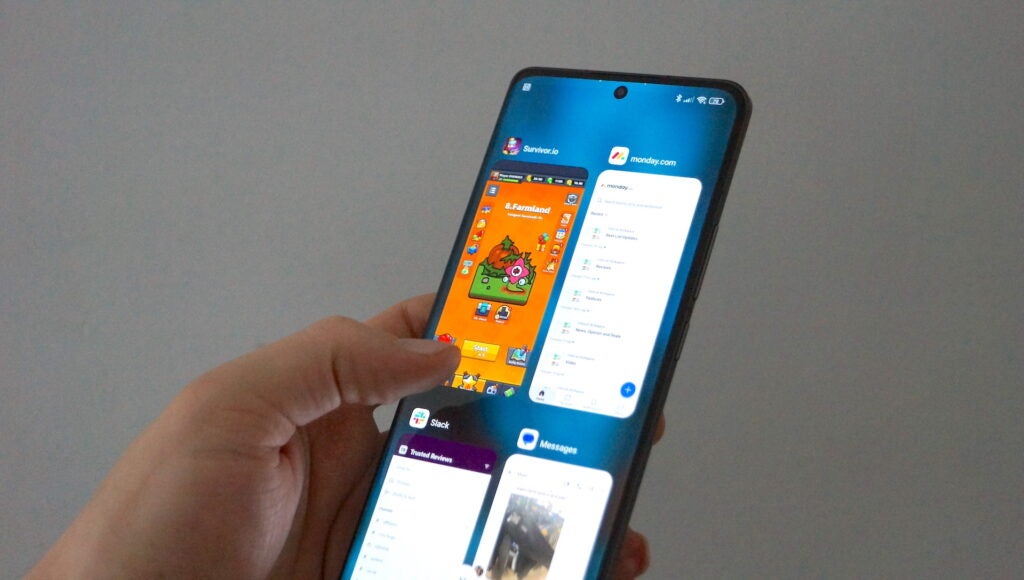
Ultimately, battery life isn’t as big an issue as some rivals as the Xiaomi 13 Pro boasts 120W HyperCharge support that provides a full 0-100 percent charge in just 19 minutes. It meant I could quickly top the phone up during the day without worry – a quick 10-minute charge at MWC 2023 between meetings provided 30-40% of battery.
It’s not just all-in on wired charging either, with 50W wireless turbocharging with compatible wireless chargers, and there’s 10W reverse wireless charging too.
The combination of all-day battery life and super fast charging – both wired and wireless – really alleviated my battery anxiety associated with modern smartphone usage.
Latest deals
Should you buy it?
You want a capable all-rounder:
From the display to cameras to performance and even charge speeds, the Xiaomi 13 Pro offers a solid all-round experience.
You want the very best low-light photography possible:
Despite featuring the same massive 1-inch sensor as the Vivo X90 Pro, the Xiaomi 13 Pro isn’t quite as capable in extreme low-light conditions.
Final Thoughts
The Xiaomi 13 Pro is a top-level flagship with specs and features to match, including a gorgeous 6.78-inch display with a dynamic 120Hz refresh rate, a stylish (if not a bit fingerprint-y) design, rapid performance from the Snapdragon 8 Gen 2 and lightning-fast 120W charging.
But, of course, it’s the cameras that are the main attraction. The 50MP main makes use of the large 1-inch sensor in different ways to Vivo, and while that means it’s not quite as capable in very dark conditions, general low-light photography is much faster to capture. Plus, the 50MP telephoto lens captures stunning portrait and macro photography, and the 50MP ultra-wide, while not quite as capable, still generates great shots.
The only real hurdle for many will be Xiaomi’s implementation of Android 13 with its MIUI 14 skin. It’s very different from most other Android skins and requires a bit of a learning curve, especially with elements like the split notification shade and quick setting panel, and the fact it comes pre-installed with a bunch of apps is frustrating. That all said, once you get over the various quirks, it’s not as bad as it once was.
How we test
We test every mobile phone we review thoroughly. We use industry-standard tests to compare features properly and we use the phone as our main device over the review period. We’ll always tell you what we find and we never, ever, accept money to review a product.
Find out more about how we test in our ethics policy.
Used as a main phone for the review period
Thorough camera testing in a variety of conditions
Tested and benchmarked using respected industry tests and real-world data
FAQs
Yes, unlike the Xiaomi 12 Pro, the Xiaomi 13 Pro offers full IP68 dust and water resistance.
While specific support hasn’t been confirmed, previous flagship Xiaomi devices have shipped with a promise of 3 OS upgrades and 4 years of security updates.
No, it runs Xiaomi’s heavily-stylised MIYI 14 based on Android 13.



